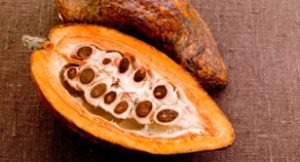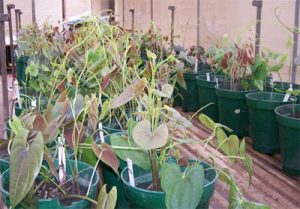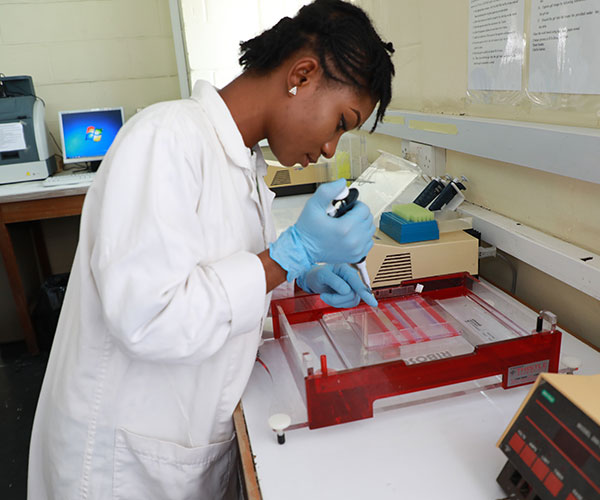
Laboratories Used For Scientific Research Take Many Forms.
Free Resources
Lorem Ipsum is simply dummy text of the prng and type ioen the in.
Research Center
Lorem Ipsum is simply dummy text of the prng and type ioen the in.
Professional Staff
Lorem Ipsum is simply dummy text of the prng and type ioen the in.

Regional Breeding Manager

Yam Agronomist

Head, Bisoscience Center
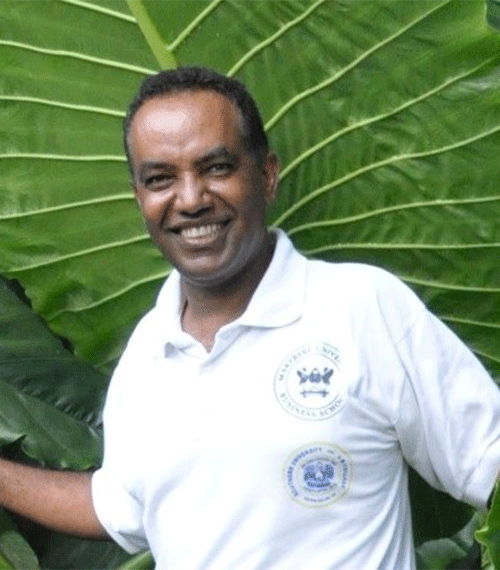
Molecular Geneticist/Molecular Breeder

Head, Gerplasm Health, Virology & Molecular Diagnostic Unit

Molecular Virologist
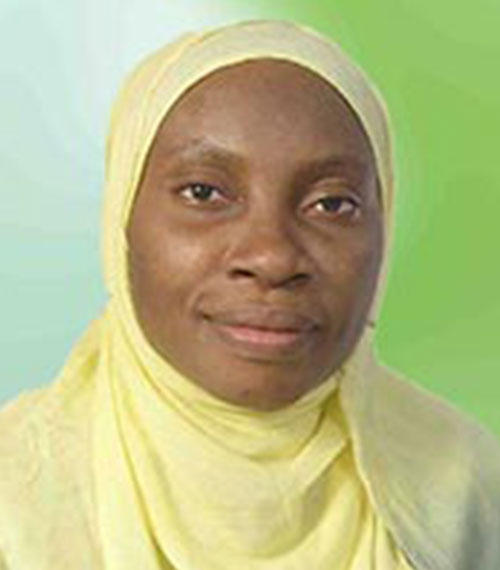
Visiting Scientist – Tissue Culture Specialist YIIFSWA Project

Molecular Geneticist / Breeder

